By John E. Spindler
The Battle of Gettysburg was the turning point in the American Civil War. Various parts of the battle have been proposed as pivotal moments for the Union victory, such as the successful defense at Little Round Top or Pickett’s failed charge on the final day. While these are well-known highlights of the battle, another key highlight was the defense of the Union position on East Cemetery Hill on July 2, 1863, where a Polish immigrant led a charge to stop a major Confederate assault that aimed to break the Union line. That Polish-born general and American immigrant, a man who loved his new homeland and vigorously defended the ideals of freedom espoused in it, was Colonel Wlodzimierz Krzyzanowski.
Also known as Wladimir, Krzyza-nowski was born on July 8, 1824, near the village of Roznowo in the Grand Duchy of Posen (Polish city of Poznan). At that time in history, the Republic of Poland no longer existed, being partitioned for the final time in 1795 by Russia, Austria, and Prussia, and the Grand Duchy was under Prussian control. Krzyzanowski grew up in Posen. Enrolled at a college in the city, he was introduced to efforts to reestablish the Polish state and became a participant in this cause. Unfortunately for the movement, the planned revolution was stopped by a preemptive raid in February 1846 due to an informant within the revolutionaries’ ranks. With the help of family, Krzyzanowski fled to the port of Hamburg, where he caught a ship to New York City, arriving on January 25, 1847.
Penniless and with no knowledge of the English language, Krzyzanow-ski persevered thanks to help from other Polish immigrants. Learning English and continuing his education, the Pole eventually saw much of America during his career as a civil engineer and surveyor. After marrying, he settled in Washington, D.C., and became a successful businessman. In 1854, he was attracted to the fledgling Republican Party because of his belief in protecting personal freedoms, as well as abolishing of slavery, and opposing States’ Rights. Thus, he was a staunch supporter of Illinois Congressman Abraham Lincoln.
In April 1861, Krzyzanowski was aware of the tensions and the need to defend the capital. Having no previous military experience, he enlisted in the District of Columbia militia as a private. Because of his active recruiting efforts, less than two weeks later he was commissioned as a captain. It was most likely at this time he earned his nickname of “Kriz,” probably due to difficulty pronouncing his name. In July, Kriz saw his first combat while leading a small detachment along the Potomac River at Great Falls. In August, and with the rank of colonel, Krzyzanowski moved to New York City to recruit more volunteers for the Union. The men who joined were merged with other recruits into the 58th New York Volunteer Infantry (58th New York), though it soon was known as the Polish Legion. The men departed from New York on November 7, 1861.
Spending several months marching south into Virginia, Krzyzanowski and the 58th New York became part of Maj. Gen. John Fremont’s army from the Mountain Department of Virginia, Tennessee, and Kentucky and met the Confederates for the first time in a major battle on June 8, 1862, in the Shenandoah Valley at Cross Keys. He showed his courage, leadership skills, and ability to assess tactical situations. Seeing that Confederate infantry had the opportunity to turn the Union flank and cut off the route of retreat, Krzyzanowski rallied his 58th New York to charge the enemy. This bold move halted the Confederate drive and brought stability to Fremont’s left flank.
Soon after the Battle of Cross Keys, the 58th New York was assigned to the newly formed Army of Virginia and placed under the I Army Corps. Krzyzanowski commanded the 2nd Brigade of German immigrant Maj. Gen. Carl Schurz’s Third Division. In addition to the 58th New York, his command included the 54th New York and 75th Pennsylvania Regiments and a light artillery battery. Operations continued in Virginia as the Union forces tried to defeat Confederate Maj. Gen. Thomas J. “Stonewall” Jackson, which led to the Second Battle of Manassas on August 28-30, 1862.
In a wooded area by the Manassas-Sudley Road on the morning of August 29, the 2nd Brigade fought hard for eight hours in a slugfest that ended in a stalemate. Schurz’s division searched for Jackson’s men in the area just south of Sudley Church. Jackson had deployed the Confederate II Corps along an unfinished railroad grade where railroad builders had moved dirt to make a level grade, and these cuts and fills served as entrenchments. The Yankee division marched north from Henry Hill toward the unfinished railroad where the Rebels were waiting for them. Krzyzanowski’s brigade, which held the division’s left, soon made contact. Kriz ordered the 54th and 58th New York to strike the Confederate position, holding the 75th Pennsylvania in reserve.
The Empire State regiments were soon engaged in a hot contest in which they traded volleys with Brig. Gen. Maxcy Gregg’s 1st South Carolina, which was soon reinforced by the 12th South Carolina. When the South Carolinians drove the New Yorkers back, Kriz ordered the Keystone Staters to join the fighting on the left of the units already engaged. The 75th Pennsylvania poured hot lead into the flank of the 1st South Carolina, at which point Gregg sent the 13th South Carolina into the expanding fight.
Throughout the long morning and into the afternoon, Kriz’s regiments were hotly engaged with the Rebels. Schurz shifted Brig. Gen. Alexander Schimmelfennig’s brigade to the left to support Kriz’s brigade. When the 12th South Carolina charged the Yankees, it routed the 54th New York on the brigade’s right. Schurz and Kriz rallied the men, though, and they drove the South Carolinians, who had advanced from the railroad cut to engage them, back to their original position. It had been a hard-fought contest with some of the best of Maj. Gen. A.P. Hill’s men, and Kriz’s Yankees had fought admirably.
Unfortunately, Maj. Gen. John Pope made decisions the following day that resulted in a Federal retreat. For most of the day the 2nd Brigade was in reserve, but by late afternoon Union forces had been forced back. On Chinn Ridge, Krzyzanowski’s men were again fed into the fray. Seeing the battle was lost, Kriz knew he could only buy time for Pope to organize a rearguard action. Being flanked by the enemy on both sides, the 2nd Brigade repulsed a frontal assault before conducting an orderly retreat as part of the rear guard. It was during this battle that Krzyzanowski was injured when he had his horse shot dead while rallying his men. Pope’s army retreated to Centreville.
During the winter of 1862-1863, another reorganization took place that made Schurz’s 3rd Division part of Maj. Gen. Joseph Hooker’s Army of the Potomac, specifically the XI Army Corps commanded by Maj. Gen. Oliver Howard. Krzyzanowski was designated for promotion to brigadier general, but the Senate failed to confirm his promotion in a timely manner. Schurz remarked this was because no one could pronounce his name, but in reality it was due to an anti-immigrant feeling among the politicians. While awaiting the decision on his appointment, Krzyzanowski celebrated the Emancipation Proclamation.
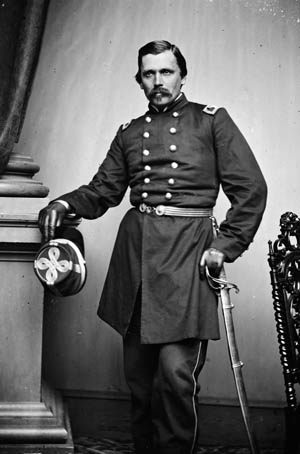
The spring brought about another attempt to defeat the Confederate Army of Northern Virginia. Marching into battle under Krzyzanowski’s command, the 2nd Brigade consisted of the veteran 58th New York and 75th Pennsylvania Regiments and the new 119th New York and 26th Wisconsin Regiments. At the start of May 1863, the two sides fought at Chancellorsville, Virginia. Positioned on Hooker’s far right flank, the XI Corps was the weakest formation with 11 of its 27 regiments in combat for the first time. General Robert E. Lee sent Jackson’s force on a long flanking maneuver to strike at the vulnerable positions of the XI Corps. Though this movement was reported several times by Union skirmishers, the senior commanders refused to accept these reports.
At 5:45 pm on May 2, Jackson launched his assault on the XI Corps from the west. After shattering the ill-positioned 1st Division, Krzyzanowski’s 2nd Brigade, which Schurz had repositioned to face a likely attack from the west, was next. Though the regiments fought well, they were outnumbered and soon outflanked. Forced to retreat, the unit incurred horrific casualties. As at Second Manassas, Kriz directed the brigade well and conducted an orderly withdrawal under heavy fire. For the next few days, the unit fought against Confederate skirmishers on the left flank of Hooker’s army and was one of the last units to retreat from the area. Looking for scapegoats to explain his defeat by an outnumbered Confederate force, Hooker blamed the XI Corps with its high number of immigrants.
When Lee invaded Pennsylvania in the summer of 1863, the Army of the Potomac reacted, and in July the two sides engaged in the crucial battle at Gettysburg. During the march, Krzyzanowski added another infantry regiment, the 82nd Ohio, bringing his strength to 1,424 troops. Upon reaching the area, Howard was given overall command of Union forces after the unfortunate death of I Corps commander, Maj. Gen. John Reynolds. Schurz was temporarily promoted to command the XI Corps with 1st Brigade commander Schimmelfennig taking over the 3rd Division.
On July 1, 1863, the fatigued 1st and 3rd Divisions were sent north of Gettysburg. After reaching their positions the 1st Division commander, Brig. Gen. Francis Barlow, acted on his own initiative and extended his front to occupy a patch of high ground known as Blocher’s Knoll. To close a gap, Kriz was ordered to extend his line. While this move to reestablish contact was commencing, Maj. Gen. Jubal Early’s division easily overran the ill-positioned 1st Division. Ordered by Schurz to aid the other division, Krzyzanowski charged into battle and was able to stop one Georgia regiment before being attacked on both flanks by superior Confederate forces. The 26th Wisconsin was decimated, and so was the 119th New York.
Kriz described the bloody and bitter fighting conditions of the Battle of Gettysburg as “a portrait of Hell” and the situation in which he found himself at that moment was a representation of this observation. As at Second Manassas, Kriz had his mount shot from beneath him as he rode around the battlefield. This time he suffered more serious injuries, being knocked unconscious, and had to be carried back to the outskirts of town. In a 15-minute period, his brigade took staggering casualties. The 119th New York, 26th Wisconsin, and 75th Pennsylvania each lost 100 men, and the 82nd Ohio lost 150 men.
The routed XI Corps fell back though town, where Krzyzanowski rejected Schurz’s suggestion to retire to the field hospital; instead, Kriz stayed with his men. The injuries he suffered would remain with him the rest of his life. While the retreat to Gettysburg was as orderly as might be expected considering the circumstances, the units became jumbled in the streets of the town. As a result, the Confederates captured a significant number of Union soldiers. Kriz’s regiments reached the safety of Cemetery Hill, just south of the town, where Howard had established his headquarters. Maj. Gen. George Meade arrived about that time and took overall Union command; thus, all officers returned to their normal commands.
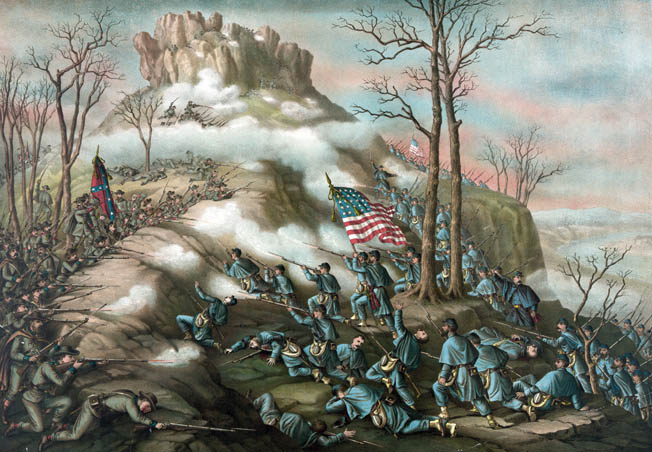
The Union troops entrenched on Cemetery Hill, and their line was studded with more than 20 artillery pieces. Throughout July 2, Meade stripped regiments from Cemetery Hill to the Union left flank, which weakened the position atop Cemetery Hill. Confederate snipers used buildings in Gettysburg for cover, and their steady fire kept the Yankees’ heads down. As the day progressed, Confederate batteries opened fire on the hill. At dusk, Howard and Schurz became occupied by an attack on nearby Culp’s Hill. While the battle raged on Culp’s Hill, Early ordered Brig. Gen. Harry Hay’s Louisiana Brigade (Louisiana Tigers) and Colonel Isaac Avery’s North Carolina Brigade to prepare for an attack on East Cemetery Hill.
At 8 pm, Hays and Avery overran the depleted XI Corps units stationed at the base of East Cemetery Hill. The Confederates continued their advance by scaling the hill and striking Union artillery units that faced northeast. By this time Howard, Schurz, and Krzyzanowski knew a major attack was underway. Kriz ordered the troops closest to him, the 119th and 58th New York Regiments, to fix bayonets. Schurz arrived and ordered him to personally determine the source of the commotion. Marching at the double quick and accompanied by Schurz, the men reached the artillery positions and were surprised to find a melee swirling around the imperiled Union guns. The German general later wrote in the Reminiscences of Carl Schurz that “the fate of battle might hang on the repulse of this attack.” Hays did see this approaching force, but in the darkness he was unable to ascertain if it was friend or foe, and so he withheld the order to fire on them. This hesitation was all the time the 119th New York needed, and with a determined Krzyzanowski leading, the Empire Staters executed a bayonet charge. After a brief yet bloody melee, the Louisiana Tigers broke and retreated down the hill. The 119th New York not only retook the lost ground but aggressively pursued the Confederates to the base of the hill.
The third and final day of the Battle of Gettysburg found the 2nd Brigade again taking casualties from Confederate artillery fire, especially around midday during the Confederate assault on the Union center on Cemetery Ridge. The 2nd Brigade lost 698 men killed, wounded, captured, or missing during the battle. The XI Corps remained at Gettysburg until July 5. The stigma of the first day’s loss and retreat brought the need to assign blame, and again this fell upon the immigrant soldiers of XI Corps.
In September 1863, XI Corps was transferred to the Army of the Cumberland and sent to the Western Theater under the command of Hooker. Krzyzanowski had his brigade reorganized, losing the 75th Pennsylvania and the 82nd Ohio Regiments, and adding the 141st New York Regiment. The corps received orders to proceed to Chattanooga, Tennessee, and raise the Confederate siege of the city. On October 28, the unit was in Tennessee’s Lookout Valley near Wauhatchie when Hooker ordered the men to establish camp. The way he situated his men and the lack of adequate security precautions reminded XI Corps veterans of Chancellorsville.
After midnight the sounds of battle erupted, and Kriz prepared his men to join in. Hooker ordered Schurz to deploy his division to support Brig. Gen. John Geary; however, the 2nd Brigade never saw combat as it was halted on a road. There were conflicting reports as to whether the halt was ordered by Schurz or Hooker. While Geary was in a desperate fight, Kriz also received various conflicting orders. By the time he was allowed to march to Geary, the battle was already over. Later in the campaign, Kriz led his troops in the tough assault on Missionary Ridge. In December, his unit was part of the force that relieved the besieged Union forces in Knoxville, Tennessee.
In January 1864, the 58th New York returned to New York City on leave. While Kriz was there, a court of inquiry convened in Washington D.C., to investigate the disparaging claims by Hooker regarding Schurz’s alleged failure to act at Wauhatchie. Though the court vindicated Schurz and proved Hooker lied about certain claims he made, it also declared the commander of the 2nd Brigade had halted on his own and neglected orders to continue. Unaware of the proceedings, Krzyzanowski took the blame instead of Hooker.
In early 1864, a reorganization of Union forces took place, and XI Corps was dissolved. With his days in the field over, Kriz spent the remainder of the war stationary in the South. Among the more important positions he commanded was safeguarding the Nashville and Chattanooga Railroad, a vital supply line for Maj. Gen. William Sherman’s invasion of Georgia. For this assignment, Kriz commanded the garrison at Bridgeport, Alabama. During the next several months, his forces fought several skirmishes. On March 2, 1865, he was nominated by President Lincoln for brevet brigadier general of volunteers. This time the U.S. Senate confirmed his appointment. He continued to serve in the District of North Alabama through the Union victory and the assassination of President Lincoln.
From the end of the war until his death, Kriz held several government positions between various business ventures. In July 1882, he returned to New York City, where he eventually wrote his memoirs, which were published in serial format in Klosy, a Polish magazine. Illnesses, the death of his wife, and lingering effects from battle injuries took their toll, and on January 31, 1887, Krzyzanowski passed away at his New York home. Through efforts by Polish-American veterans, his remains were transferred from Brooklyn to Arlington National Cemetery in October 1937. A monument on his grave site in Arlington was unveiled on May 14, 1938.
Throughout his life, Krzyzanowski fought for the right of personal freedoms. From the ill-fated revolution in Posen to serving in the Union Army to various government positions, this belief and the desire to protect it never faltered. He arrived in the United States alone and poor, but learned that one can achieve anything in America and should have the right to do so. He called the U.S. Constitution the greatest thing about his new homeland and fought to uphold it.

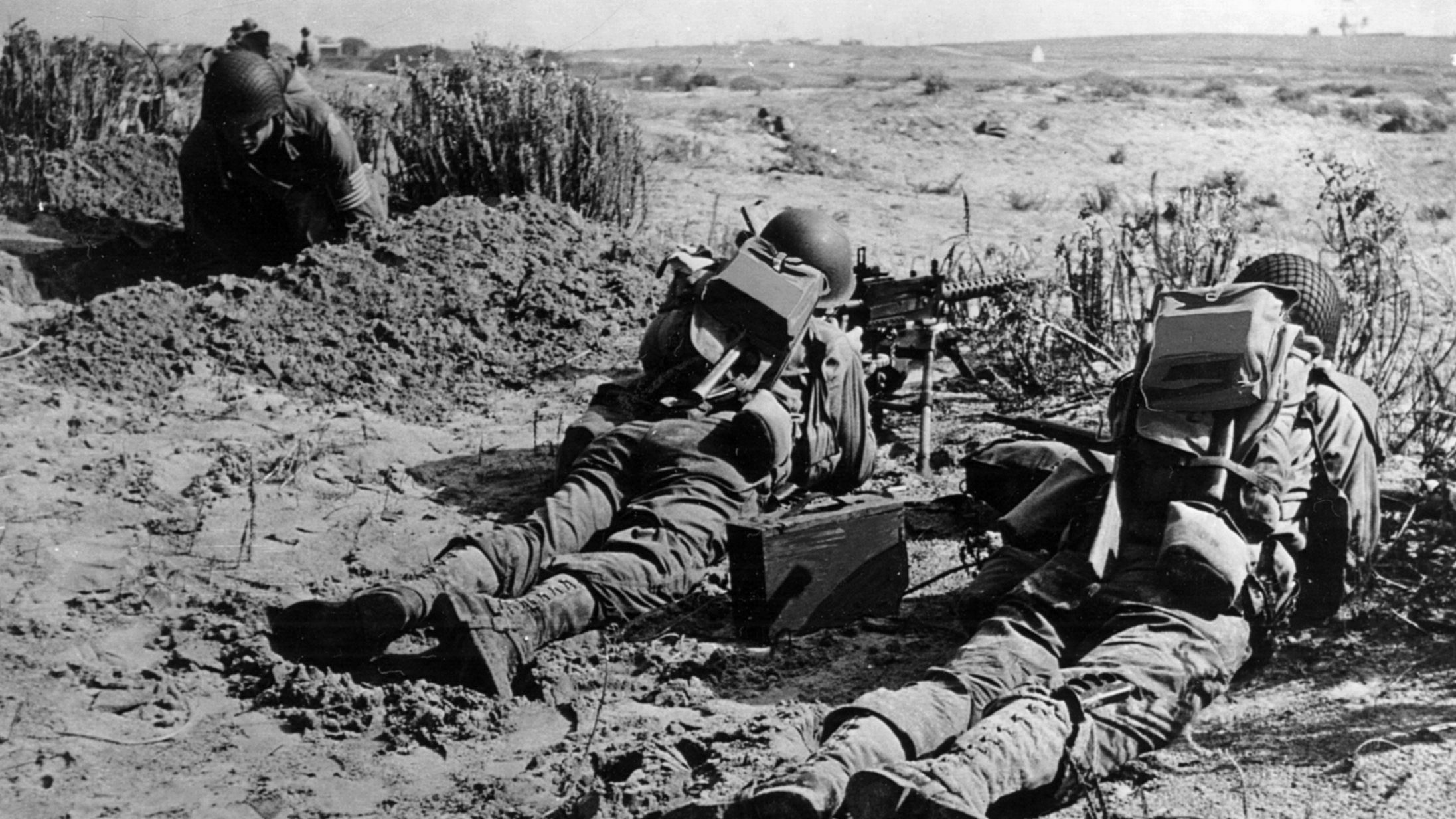
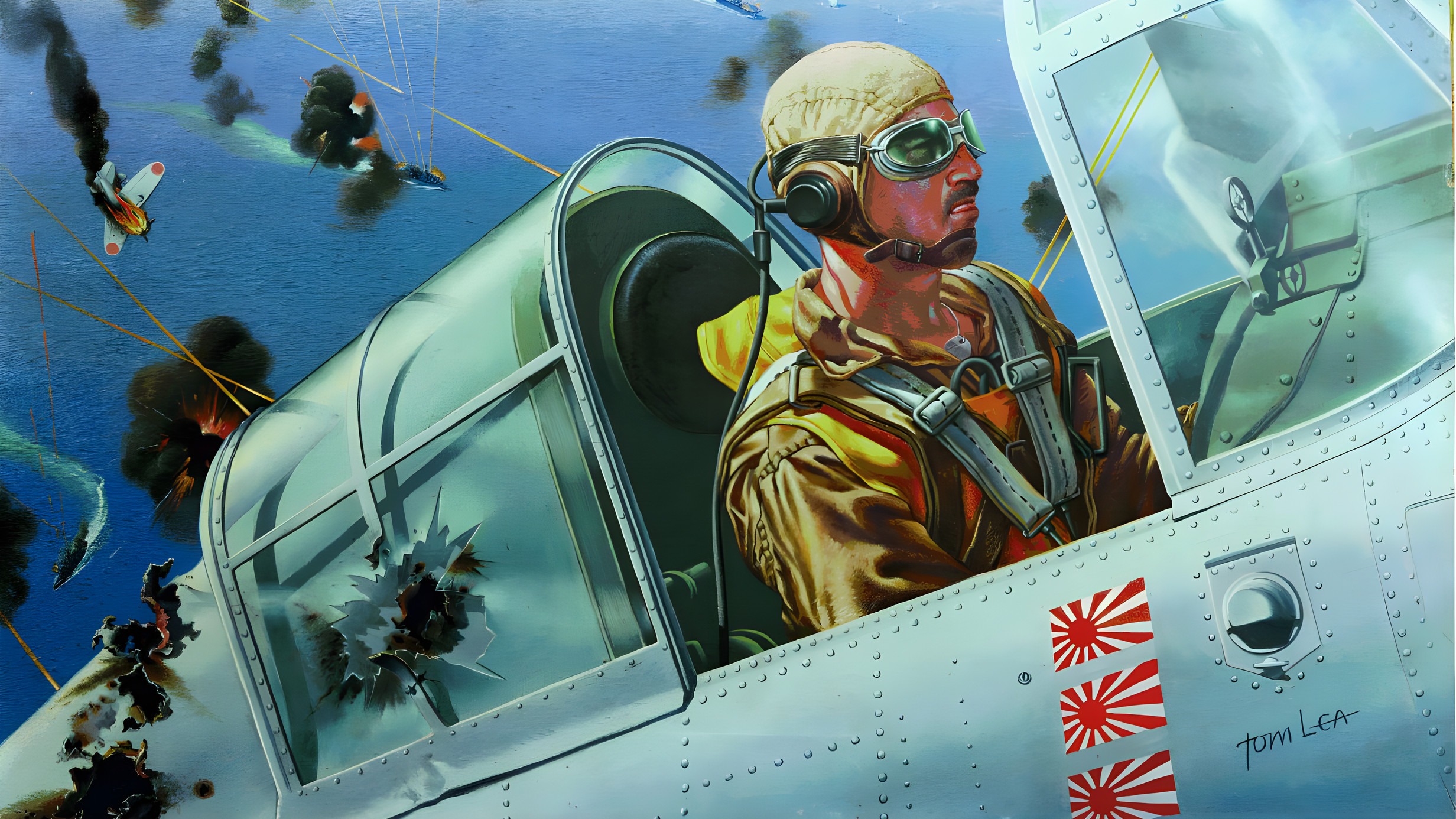
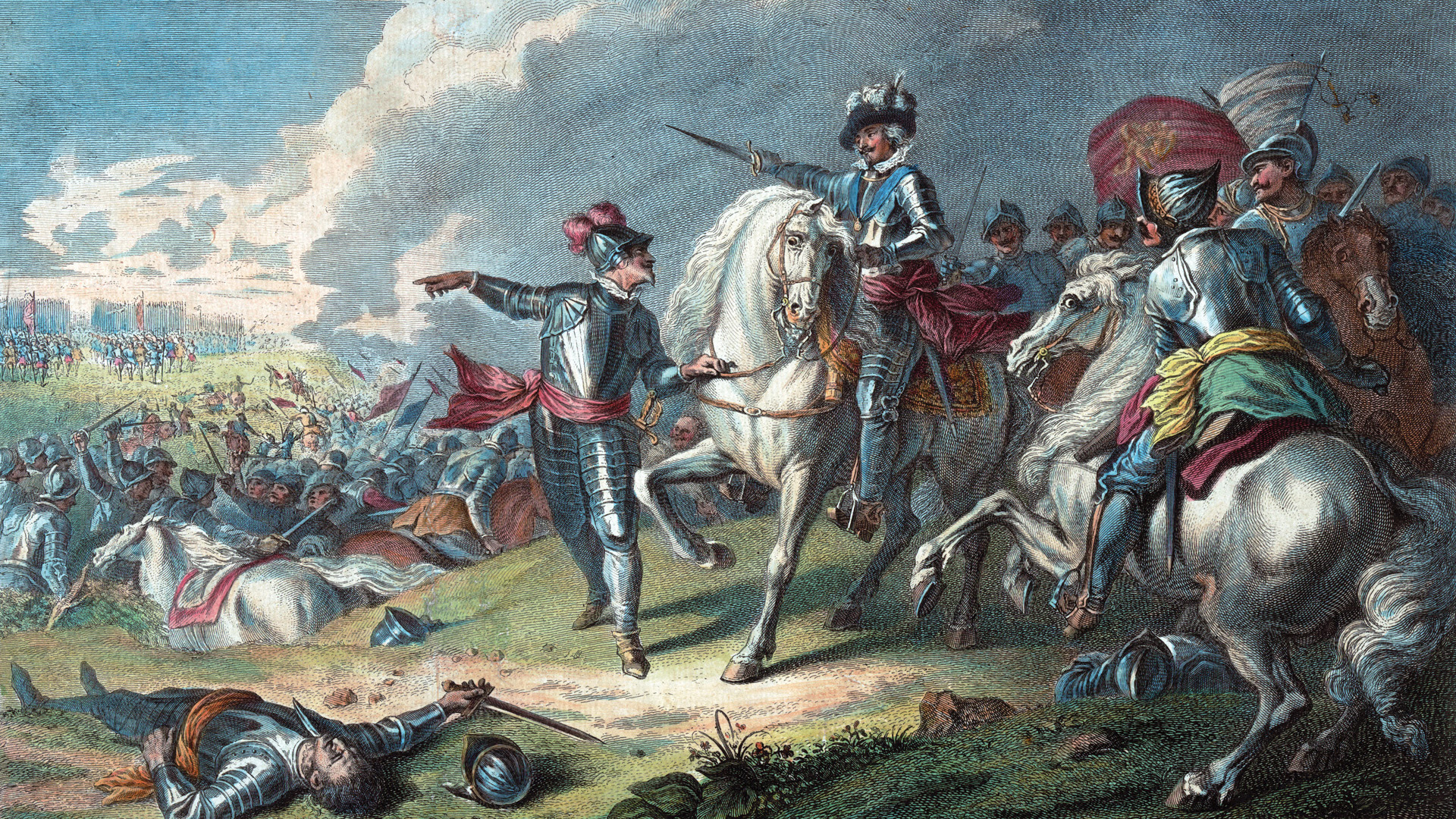
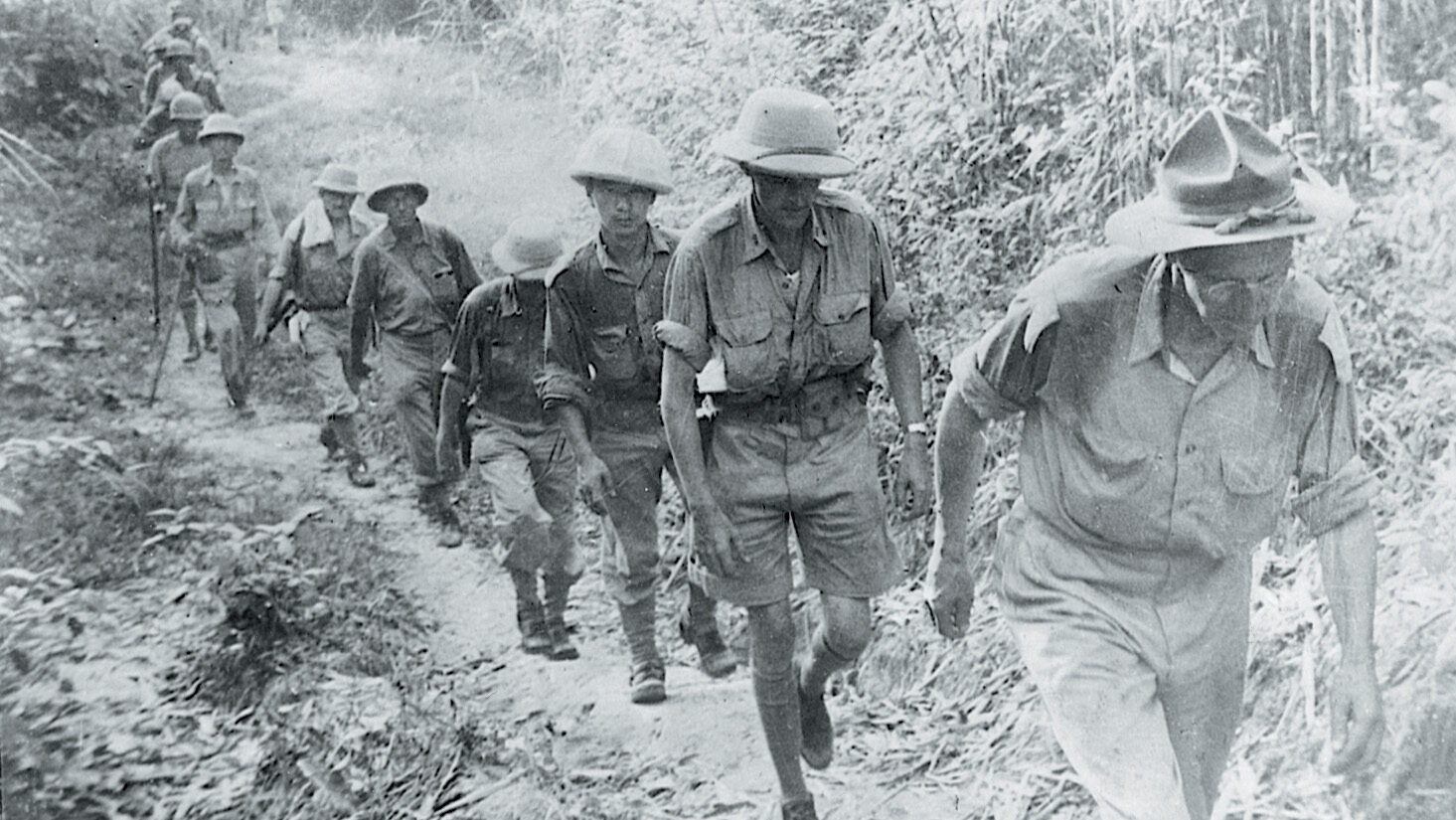
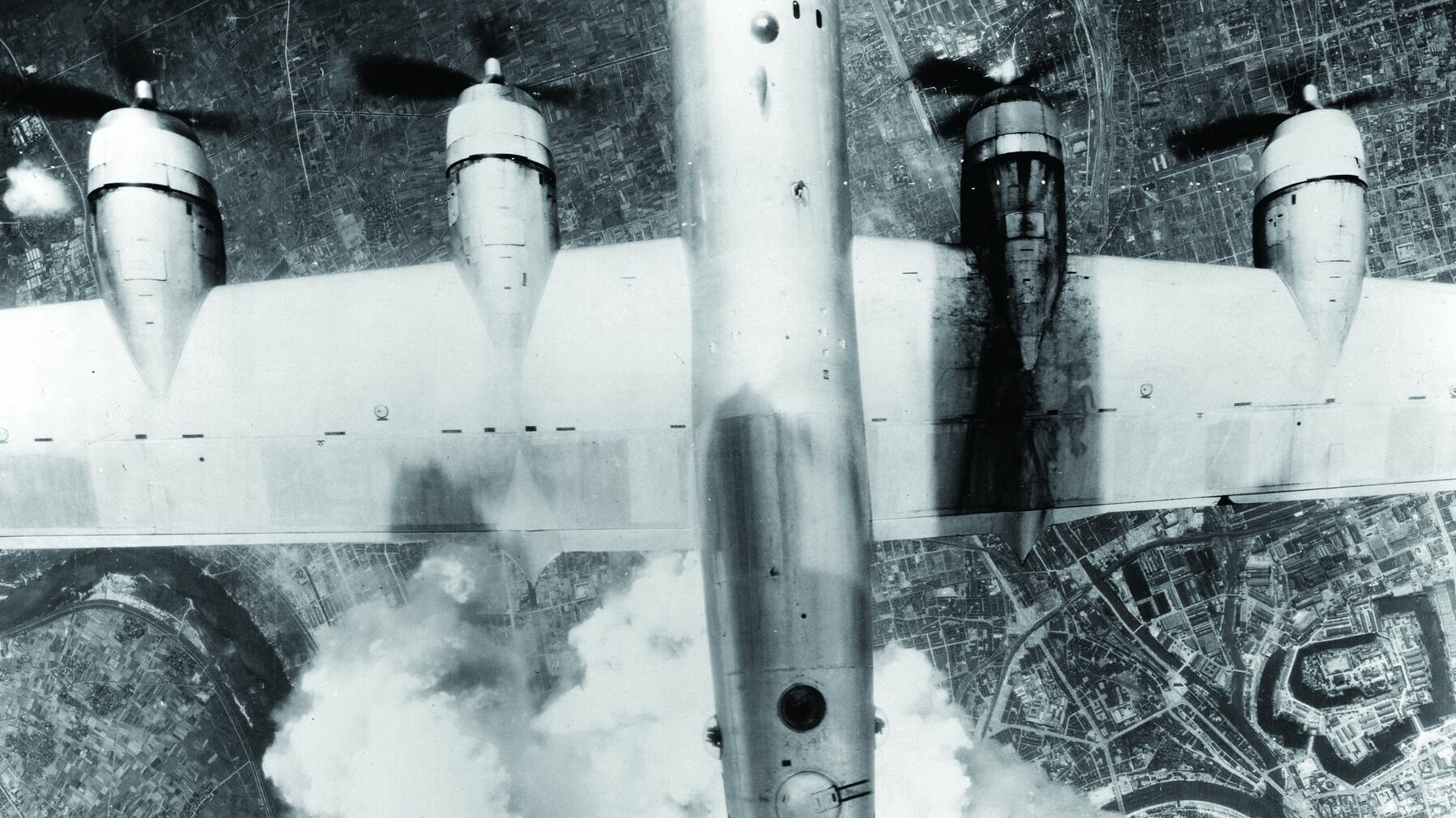
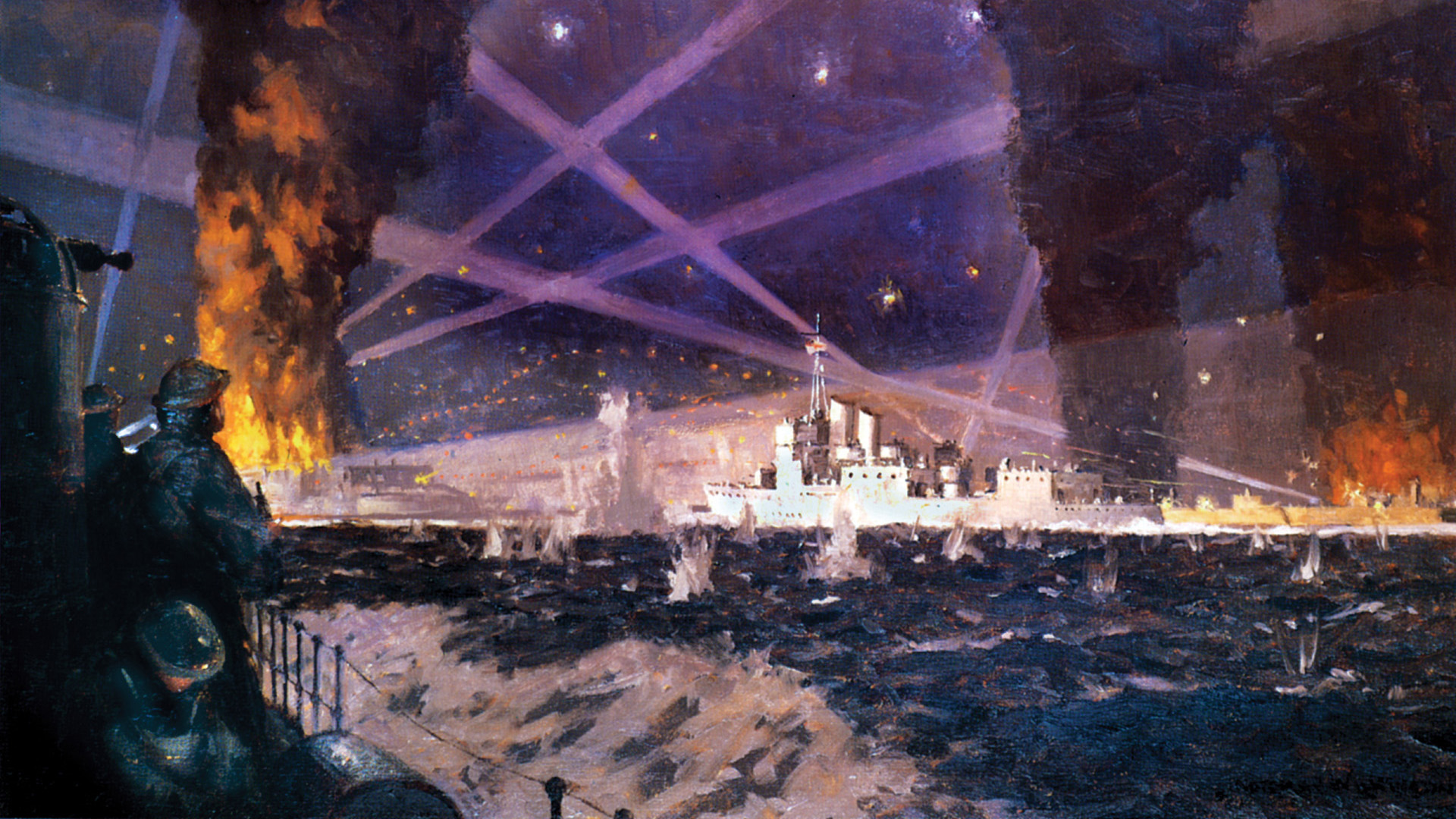
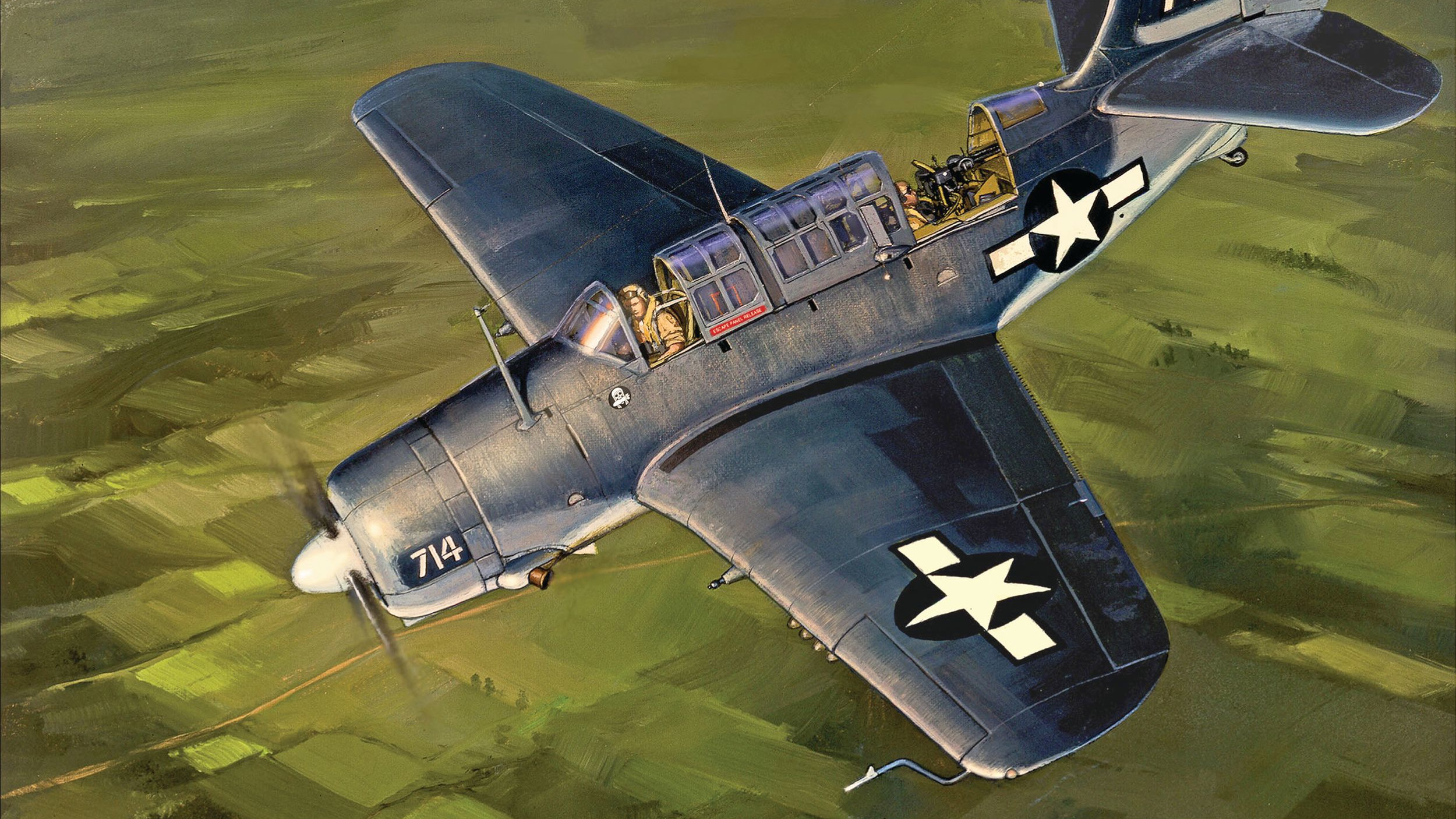
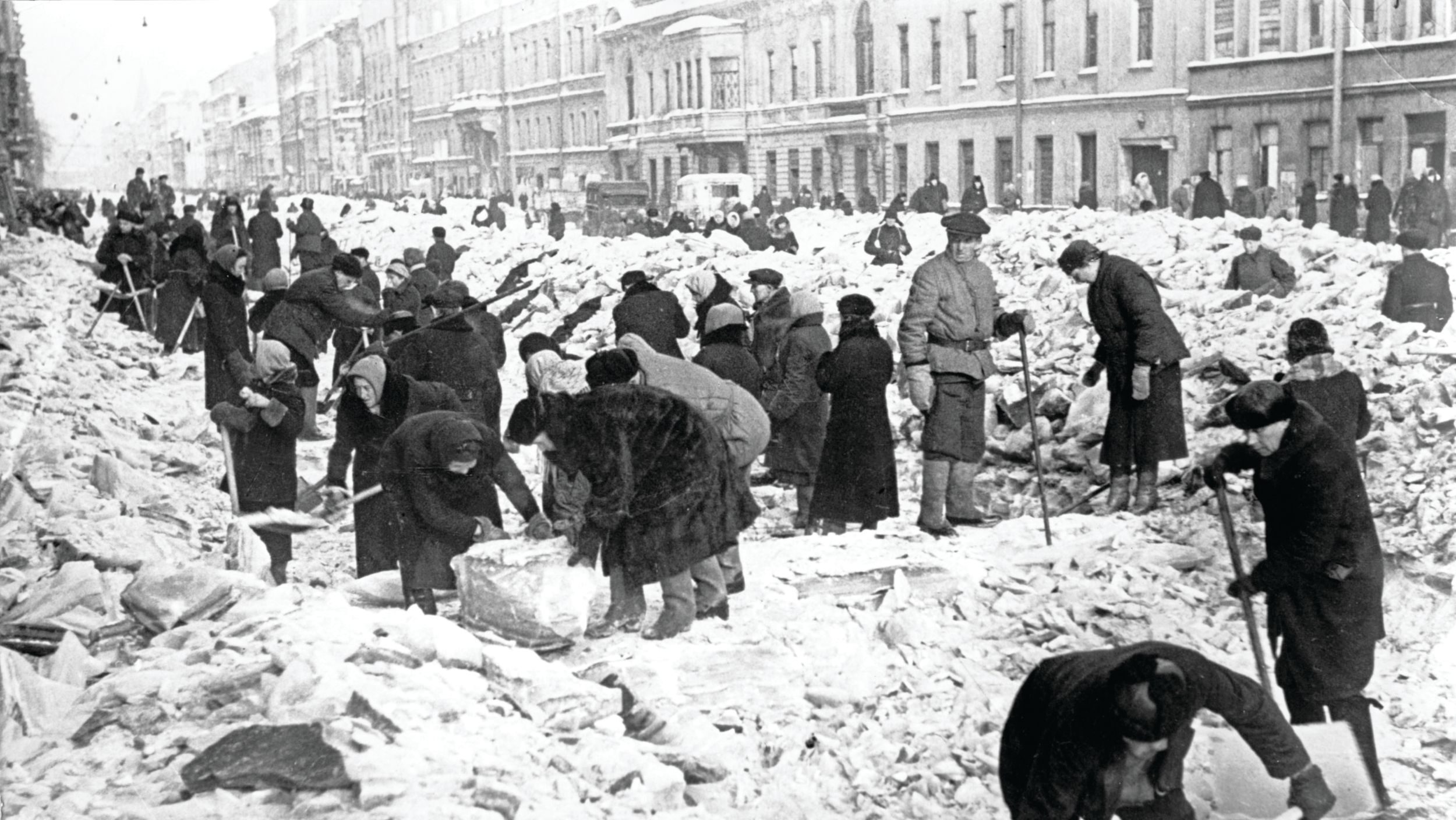
Join The Conversation
Comments
View All Comments